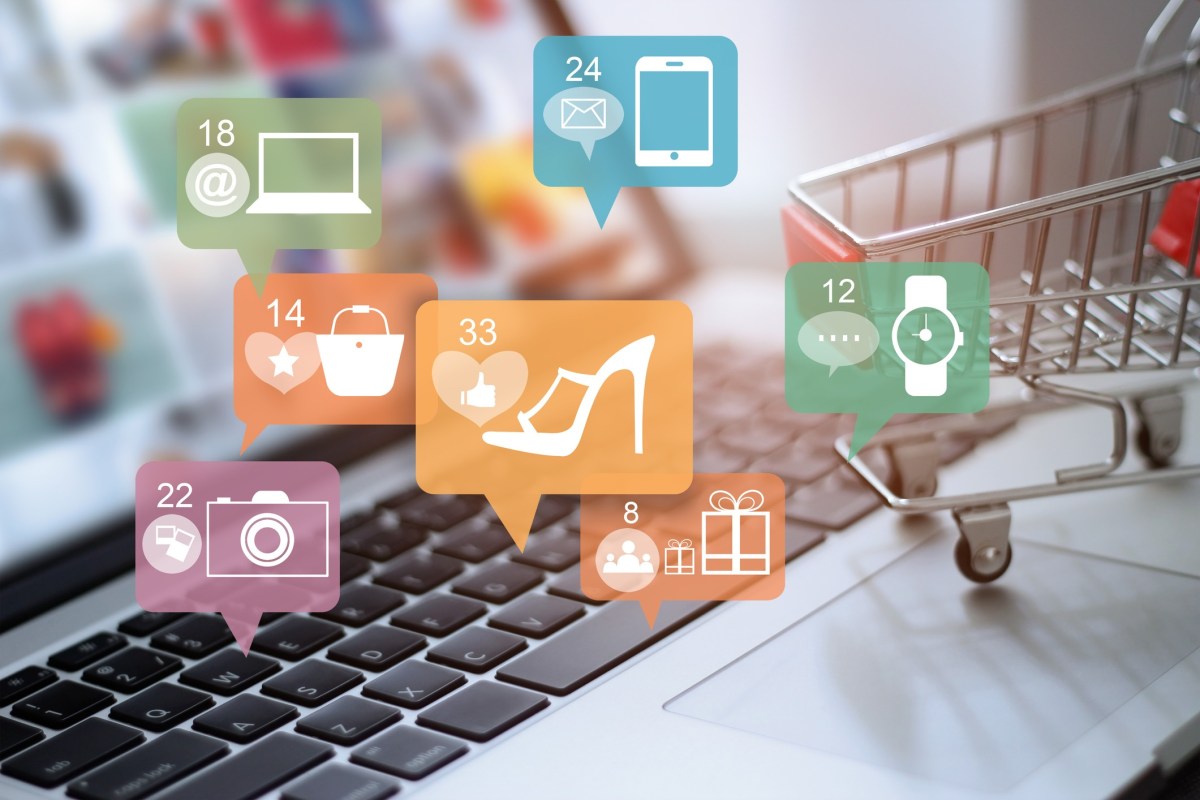There are four key technology trends predicted to shake up the Australian and New Zealand retail markets in 2020, according to supply chain solutions and omni-channel technology provider, Manhattan Associates.
“With rising consumer expectations and expanding fulfillment options, the Australian and New Zealand retail markets are undergoing rapid change and becoming increasingly complex,” Manhattan Associates’ managing director for Australia and New Zealand, Raghav Sibal said.
“As a result, retailers are finding that they quickly need to adopt new technology solutions that help meet the consumer demand for a seamless and more personalised shopping experience today and into the future.”
AR takes the stage
Companies such as Toyota and Amazon have found that Augmented Reality (AR) can not only enhance customer experience, it can also be particularly effective when it comes to minimising the number of returns from online shoppers. This means retailers keep more of their sales because consumers better understand what they’re buying at the initial point of purchase.
Technology in this area is also catching up with brand expectations too, with companies like Microsoft delivering second generation AR headsets and wearables that will soon make the technology more immersive for retail customers, in-store employees and warehouse workers.
Shopping is about to get #social
Consumers recognise the benefits of a seamless online and in-store experience, and will also be able to recognise the influence social media plays in regular buying decisions too. With the increasing overlap between these two areas, in 2020 we can expect visual customer journey technologies and the term ‘social shopping’ to gain more reach and wide-spread traction.
Imagine taking a photo of a t-shirt someone wearing or being able to click the purse that an Instagrammer is holding in their latest post and then seamlessly purchase it. Thanks to the developments of smarter, more easily integrated AI capabilities over the last 12 months and platforms like Pinterest, Instagram and Facebook, social shopping is one step closer to becoming the norm for consumers.
Digital self-service
Providing consistent positive shopping experiences across channels becomes more difficult as the sheer number of ways in which consumers interact with brands increase. Traditional approaches, like seeking in-person support or calling the contact centre, are now mixed with social media, texting, chatting, email, and increasingly virtual assistants like Alexa, Siri or Google.
Digital self-service allows consumers to inquire, adjust, and recast their experience on any device in real time. While this approach benefits the customer, it also benefits the retailer, because it’s far more cost effective than traditional support channels. Additionally, customers seem to prefer it too.
Is there still a need for speed or is sustainability just as important?
Today’s consumers don’t just want their products more quickly than ever before, they often also want to understand the environmental impact of these purchases and the logistical processes used in delivering them too.
Yes, modern consumers want to be able to go to your website or app to compare prices, styles, delivery dates and recommendations, but increasingly this is not coming at the expense of, but in line with environmental awareness factors.
In 2020, the smartest retailers and brands will look to gather dispersed data sets from sources such as sentiment analysis on social media, IoT sensors in-stores and website AI/deep learning tools to make shopping experience as easy, personalised and sustainable as possible – be that product recommendations based on social media use, in app notifications from collected in-store data, or recommendations for greener delivery options.

